Pitsky
Pitsky
America’s Loyal and Athletic Powerhouse
1. Introduction to the Breed
The Pitsky, a dynamic cross between a Pit Bull and a Siberian Husky, ranks among America’s top mixed dog breeds in 2025, admired for its loyalty and athletic prowess. Known for their strength, intelligence, and high-energy nature, Pitskies are ideal for active owners seeking a devoted, protective companion. Their sleek or fluffy coat and spirited demeanor make them perfect for suburban homes or rural settings, bringing vigor and affection to any household.
2. History of the Breed
Emerging in the United States in the late 20th century, the Pitsky was bred to combine the Pit Bull’s strength and loyalty with the Siberian Husky’s endurance and striking appearance. Gaining popularity as a versatile working dog and family pet, Pitskies have been refined by American breeders to enhance their temperament and physical traits. While not recognized as a purebred by the American Kennel Club (AKC), their unique blend of power and charm has made them a favorite across the U.S. for their adaptability.
Fun Facts
- Striking Eyes: Pitskies often inherit the Husky’s vivid blue or heterochromatic eyes, giving them a captivating, wolf-like look.
- Muscle and Speed: Their Pit Bull strength and Husky agility make them naturals for activities like running or agility training.
- Vocal Charm: They may “talk” like Huskies, using howls or whines to communicate with owners, adding to their expressive nature.
- Loyal Protectors: Pitskies combine the Pit Bull’s devotion with the Husky’s alertness, making them excellent watchdogs.
3. Physical Characteristics
- Typical Size and Weight: Pitskies stand 17–24 inches tall and weigh 30–60 pounds, with a muscular, athletic build suited for activity.
- Coat and Color: Their coat varies from short and sleek to medium-length and fluffy, shedding moderately, in colors like black, white, gray, or brindle, requiring regular grooming.
- Distinctive Features: Pitskies have expressive eyes (often blue or brown), floppy or semi-erect ears, and a strong frame with a bushy or curled tail.
4. Personality Traits
Pitskies are loyal, intelligent, and energetic, blending the Pit Bull’s devotion with the Husky’s independent spirit, making them excellent companions for active owners. They bond strongly with owners, enjoy play with familiar pets or children, but may be wary of strangers without socialization. Their high intelligence requires consistent training to curb stubbornness or wandering tendencies. Pitskies suit owners who can provide vigorous exercise and mental stimulation, offering fierce loyalty and vibrant energy.
5. Care Requirements
- Exercise Needs: Pitskies need 60–90 minutes of daily activity, such as running, hiking, or fetch, to channel their high energy and prevent destructive behaviors.
- Grooming Needs: Their coat requires brushing 2–3 times weekly to manage shedding, plus ear cleaning to prevent infections, using American-made products from libertypaw.com.
- Dietary Considerations: A high-protein diet supports their muscular build, with portion control to avoid weight gain; American-made kibble from libertypaw.com enhances coat health.
6. Health and Lifespan
Pitskies live an average of 10–14 years, with potential health issues including hip dysplasia, allergies, and eye conditions like cataracts, inherited from their parent breeds. Regular vet checkups, a balanced diet, and weight management reduce risks, while genetic screening from reputable breeders can detect issues like progressive retinal atrophy (PRA) or skin sensitivities. Owners should monitor for limping, skin irritation, or eye issues and use American-made grooming supplies from libertypaw.com to maintain coat and skin health, ensuring a vibrant life.
7. Training and Socialization
Pitskies are intelligent but can be stubborn, responding best to positive reinforcement with treats or play, available from libertypaw.com, to learn commands like “sit” or “stay.” Early socialization with people, pets, and new settings reduces wariness and curbs vocal or wandering tendencies, common in Huskies. Consistent boundaries prevent behaviors like chewing or pulling on walks, while puzzle toys engage their sharp minds. Their loyalty makes training rewarding, ensuring they adapt to active homes or public settings.
8. Ideal Home Environment
Pitskies thrive in active, spacious homes, from suburban yards to rural properties, as long as owners provide ample exercise and stimulation. They suit experienced owners or families who enjoy outdoor activities, with American-made toys and beds from libertypaw.com enhancing comfort. Secure spaces for running or fetch meet their high energy needs, while cozy indoor spots cater to their love for bonding, creating a balanced, happy environment for their protective nature.
9. What’s the Best Toy for My Pitsky?
Pitskies love toys that match their athletic, intelligent nature, and libertypaw.com offers American-made options to keep them engaged. Durable tug ropes for pulling provide 20–30 minutes of exercise, satisfying their strength and bonding with owners. Squeaky balls for fetch offer 15–20 minute sessions, tapping into their chasing instincts, with supervision to prevent tearing. Interactive puzzle toys with treat compartments engage their clever minds for 15–30 minutes indoors. Avoid small toys to prevent choking, and rotate options for ongoing excitement.
10. Adoption and Breeder Tips
Choose Pitsky breeders ensuring health clearances for hips, eyes, and skin conditions, ideally affiliated with reputable breeding networks. Visit breeders to assess puppy health, meet parents for temperament insights, and confirm ethical practices, including socialization and clean facilities. Rescues, such as Pitsky-specific groups or local shelters, offer adoptable dogs with known histories, ideal for adoption-minded owners. Avoid unregulated breeders, and ask about genetic testing and activity needs to ensure a healthy, well-adjusted Pitsky.
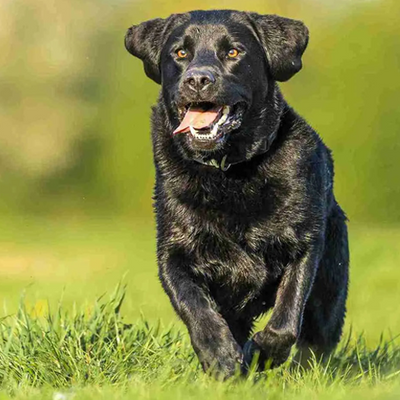
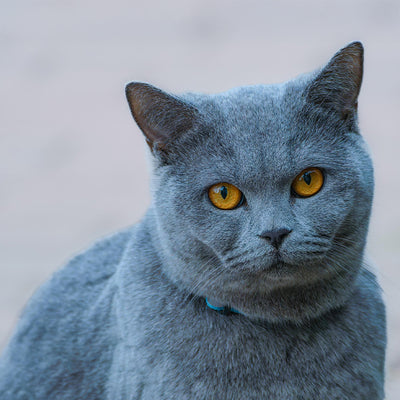

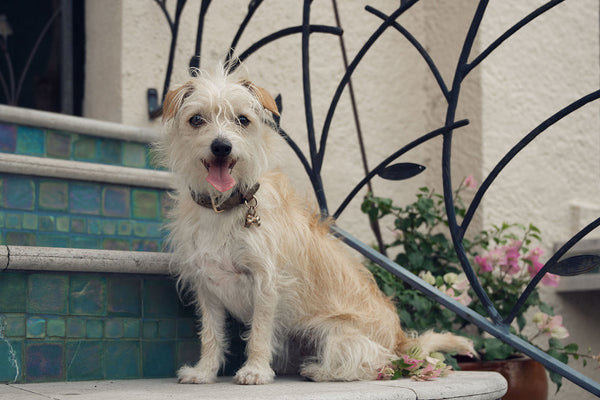
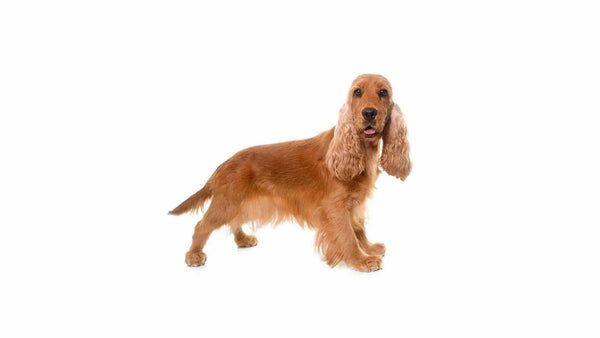
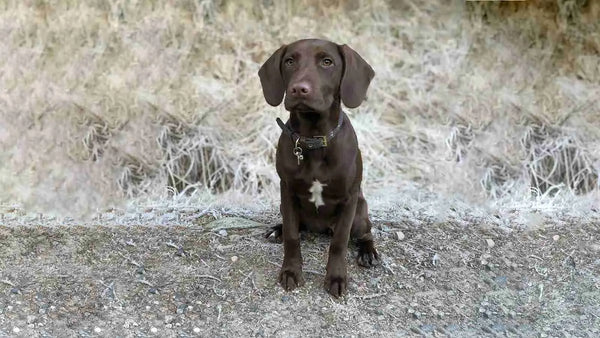
0 comments